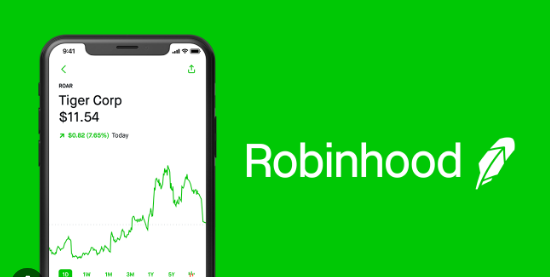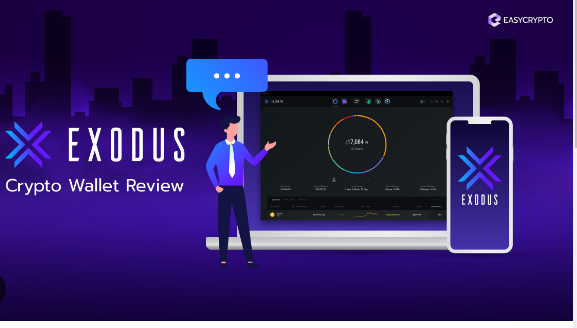
Crypto trading has exploded in popularity in recent years. With over 18,000 cryptocurrencies now in circulation and a total market cap exceeding $1 trillion, digital assets are transforming finance as we know it.
In this comprehensive guide, we’ll cover everything you need to know to get started trading cryptocurrency, including:
- Choosing a crypto exchange
- Funding your trading account
- Understanding trading pairs and orders
- Developing effective trading strategies
- Safely storing your crypto assets
- Tax implications and security best practices
Whether you’re a total beginner or looking to take your crypto trading to the next level, this guide has you covered. Let’s dive in!
How to Choose a Crypto Exchange
The first step is finding a reputable exchange to trade on. Here are some of the top options:
- Coinbase: Beginner friendly exchange with support for 60+ cryptocurrencies. Easy to use interface and FDIC insured USD accounts.
- Binance: World’s largest exchange with low trading fees and access to hundreds of altcoins. Offers margin/leveraged trading.
- Kraken: Respected US-based exchange with high liquidity and robust security features. Supports staking, futures trading, and OTC desk.
| Factors to Consider | Description |
|---|---|
| Fees and Limits | Exchanges have different fee structures and purchase/withdrawal limits to be aware of. |
| Supported Coins | Some platforms only support major coins like Bitcoin while others offer a wide variety of altcoins. |
| Security | Look for 2FA, cold wallet storage, and a track record of protecting against hacks and fraud. |
| Payment Methods | Most exchanges accept bank transfers, debit/credit cards, and crypto deposits. |
| Geographic Availability | Some exchanges limit users from certain countries or states due to regulations. |
How to Set Up Your Crypto Trading Account
Once you’ve chosen an exchange, you’ll need to set up your account. Here’s what to expect:
- Provide Personal Details: Name, DOB, and address to satisfy KYC/AML requirements.
- Verify Your Identity: Upload ID such as driver’s license or passport for review.
- Enable 2FA: Add an extra layer of account security through Google Authenticator or Authy app.
- Funding Options: Link your bank account, debit card, or crypto wallet to fund your trading account.
- Receive Your Wallet Address: Exchanges provide a unique wallet address to deposit crypto into your account.
- Understand Wallet Types: Exchanges may use hot wallets (online) or cold wallets (offline storage) to protect assets.
Navigating the Trading Interface
Crypto exchange interfaces can seem complex at first, but getting oriented doesn’t take long. Here are the key elements:
- Spot Trading: The simple buying and selling of crypto assets. Different than margin or derivatives trading.
- Trading Pairs: All trades involve exchanging one asset for another, like BTC/USD or ETH/USDT.
- Order Books: Live list of open buy and sell orders for a trading pair, including size and price.
- Market Orders: Buys/sells at the best immediately available market price. Fast but doesn’t allow price control.
- Limit Orders: Orders that define a specified price to buy or sell at. May not fill if price moves unfavorably.
- Charts: Candlestick and line charts show historical price action and can assist analysis.
Developing Effective Crypto Trading Strategies
Having a robust trading strategy is key to long-term success. Here are some approaches to consider:
- Technical Analysis: Using indicators and chart patterns to forecast price movements. Common in short timeframe traders.
- Fundamental Analysis: Evaluating project teams, roadmaps, partnerships and other fundamentals to value crypto assets. More common for long-term investors.
- Range Trading: Capitalizing on horizontal price moves by buying support and selling resistance. Works for low volatility markets.
- Trend Trading: Riding major uptrends or downtrends by buying pullbacks and breakouts. Requires strong price momentum.
- Scalping: Fast-paced trading focused on high volume but small profit targets per trade. Requires close monitoring.
- Risk Management: Establish stop losses, position sizing, and risk-reward ratios to minimize losses. Key for all strategies.
Executing Your First Crypto Trade
Once you’re ready, here’s how to make your first trade:
- Deposit Funds: Transfer fiat or crypto into your exchange account.
- Select Market: Choose the trading pair you want to trade such as BTC/USD.
- Place Order: Use a market, limit or stop order to buy or sell crypto.
- Check Open Orders: Pending orders can be monitored under the orders tab.
- Manage Positions: Set up stop losses and take profits to close positions strategically.
- Withdraw Assets: Transfer coins to an external or hardware wallet to storage crypto securely.
Advanced Concepts to Boost Returns
As you gain experience, consider these advanced tactics:
- Chart Patterns: Watch for reversal and continuation patterns like triangles, flags, and head and shoulders.
- Indicator Strategies: Combine indicators like MACD, RSI or Bollinger Bands for trade signals.
- Automated Trading Bots: Program bots to execute trades 24/7 based on predefined strategies.
- Backtesting: Test the historical performance of strategies before risking real capital.
- Algorithmic Trading: Advanced automated trading using complex algorithms and quantitative models.
Tax Requirements for Crypto Traders
Cryptocurrency trading can generate tax liabilities. Understand how trading is taxed in your jurisdiction:
- Capital Gains Tax: Most places tax crypto like property, assessable when sold at a profit.
- Wash Sale Rule: Some countries disallow claim capital losses if rebuying the same asset shortly after selling.
- LIFO vs FIFO: Referring to order of sale of assets. LIFO better in bear markets; FIFO better for lower taxes in bull markets.
- DeFi and Staking: Rewards from these activities may need to be reported as income.
- Record Keeping: Maintain detailed records of buy/sell transactions and cost basis for taxes.
Best Security Practices for Traders
As a crypto trader, security should be your top priority:
- Strong Passwords: Use random complex passwords for exchange accounts and wallet access.
- 2FA/U2F: Enable two-factor or universal second factor authentication at every opportunity.
- Whitelisting: Restrict account access to pre-approved IP addresses or devices only.
- Cold Storage: Keep majority of holdings in offline hardware wallets, not on exchanges.
- Avoid Scams: Ignore giveaways, fake celeb endorsements, phishing emails, etc.
- Private Keys: Never share wallet private keys or recovery phrases with anyone.
The Future of Crypto Trading
The crypto space is constantly evolving. Here are some developments to monitor:
- Better Regulations: Clearer rules and protections will accelerate institutional investment.
- Trading on DeFi: Decentralized exchanges offer new trading opportunities with self-custody.
- Integration with TradFi: Major banks starting to offer crypto trading and services.
- Next-Gen Chains: Faster and cheaper blockchains will improve trading experience.
- Trading Bots: Automation will enable more advanced algorithmic trading.
The bottom line is that crypto trading offers exciting opportunities for savvy investors. By choosing a reputable exchange, educating yourself on markets, and implementing solid risk management, you can capitalize on this high-upside asset class. Just be sure to research diligently, start small, and never invest more than you can afford to lose.
Key Takeaways: Crypto Trading for Beginners
- Choose an established exchange like Coinbase, Binance or Kraken to start trading.
- Fund your account with fiat currency or crypto and understand order types like market, limit and stop orders.
- Develop trading strategies based on technical or fundamental analysis along with strict risk management rules.
- Start small, go slow and use tools like stop losses and take profit orders to manage trades.
- Store the bulk of holdings in a secure offline hardware wallet, not exchanges.
- Keep detailed records for capital gains tax purposes and avoid security missteps.
- With prudent strategies, crypto trading offers significant upside potential.






